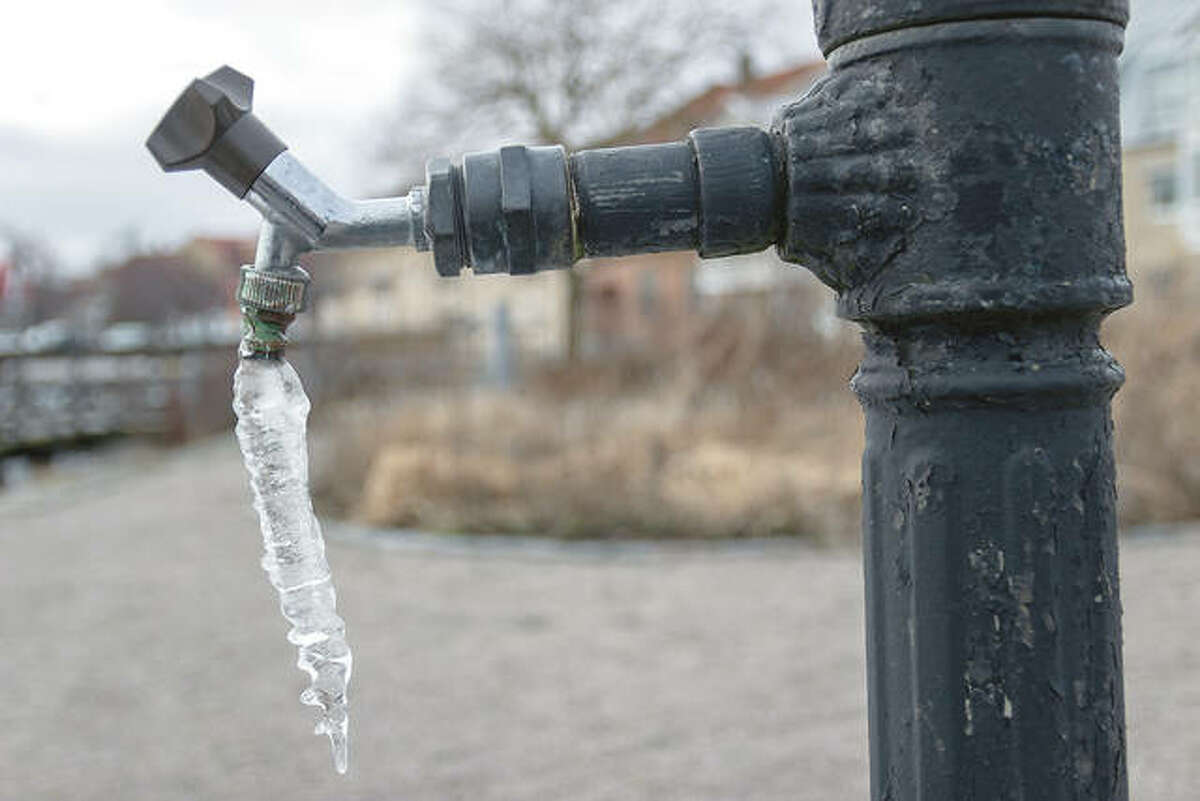Crucial Tips to Avoid Frozen Plumbing in Winter: Specialist Insights
Crucial Tips to Avoid Frozen Plumbing in Winter: Specialist Insights
Blog Article
On this page on the next paragraphs yow will discover more wonderful advice regarding How to Prevent Your Pipes From Freezing.

Winter can damage your pipes, specifically by freezing pipelines. Here's exactly how to prevent it from taking place and what to do if it does.
Intro
As temperature levels decrease, the threat of icy pipelines rises, possibly causing expensive repair work and water damages. Recognizing exactly how to stop frozen pipes is important for homeowners in chilly climates.
Avoidance Tips
Insulating vulnerable pipes
Cover pipelines in insulation sleeves or utilize warmth tape to secure them from freezing temperature levels. Concentrate on pipelines in unheated or outside locations of the home.
Home heating techniques
Keep indoor areas appropriately heated up, specifically areas with pipes. Open cupboard doors to allow warm air to flow around pipelines under sinks.
Just how to recognize frozen pipes
Seek lowered water circulation from faucets, unusual odors or noises from pipelines, and visible frost on revealed pipes.
Long-Term Solutions
Structural modifications
Consider rerouting pipes away from exterior wall surfaces or unheated areas. Add extra insulation to attics, cellars, and crawl spaces.
Upgrading insulation
Buy high-quality insulation for pipes, attic rooms, and walls. Proper insulation aids preserve regular temperature levels and reduces the risk of frozen pipes.
Safeguarding Outdoor Pipes
Yard tubes and outside faucets
Disconnect and drain pipes yard hoses prior to wintertime. Set up frost-proof spigots or cover outdoor faucets with insulated caps.
Recognizing Icy Pipelines
What creates pipelines to freeze?
Pipes freeze when revealed to temperatures listed below 32 ° F (0 ° C) for extended durations. As water inside the pipes ices up, it increases, taxing the pipeline wall surfaces and possibly causing them to rupture.
Dangers and problems
Frozen pipelines can lead to water supply disturbances, property damages, and expensive repair services. Ruptured pipes can flood homes and trigger comprehensive structural damages.
Signs of Frozen Pipeline
Identifying frozen pipes early can stop them from bursting.
What to Do If Your Pipelines Freeze
Immediate activities to take
If you presume icy pipelines, keep taps open to alleviate pressure as the ice thaws. Use a hairdryer or towels taken in warm water to thaw pipelines slowly.
Verdict
Avoiding icy pipes requires positive steps and fast responses. By comprehending the reasons, indicators, and safety nets, house owners can secure their plumbing during cold weather.
5 Ways to Prevent Frozen Pipes
Drain Outdoor Faucets and Disconnect Hoses
First, close the shut-off valve that controls the flow of water in the pipe to your outdoor faucet. Then, head outside to disconnect and drain your hose and open the outdoor faucet to allow the water to completely drain out of the line. Turn off the faucet when done. Finally, head back to the shut-off valve and drain the remaining water inside the pipe into a bucket or container. Additionally, if you have a home irrigation system, you should consider hiring an expert to clear the system of water each year.
Insulate Pipes
One of the best and most cost-effective methods for preventing frozen water pipes is to wrap your pipes with insulation. This is especially important for areas in your home that aren’t exposed to heat, such as an attic. We suggest using foam sleeves, which can typically be found at your local hardware store.
Keep Heat Running at 65
Your pipes are located inside your walls, and the temperature there is much colder than the rest of the house. To prevent your pipes from freezing, The Insurance Information Institute suggests that you keep your home heated to at least 65 degrees, even when traveling. You may want to invest in smart devices that can keep an eye on the temperature in your home while you’re away.
Leave Water Dripping
Moving water — even a small trickle — can prevent ice from forming inside your pipes. When freezing temps are imminent, start a drip of water from all faucets that serve exposed pipes. Leaving a few faucets running will also help relieve pressure inside the pipes and help prevent a rupture if the water inside freezes.
Open Cupboard Doors
Warm your kitchen and bathroom pipes by opening cupboards and vanities. You should also leave your interior doors ajar to help warm air circulate evenly throughout your home.

As a devoted person who reads about How To Avoid Freezing Pipes, I think sharing that article post was valuable. Sharing is nice. Helping people is fun. Thanks so much for your time invested reading it.
Call Today Report this page